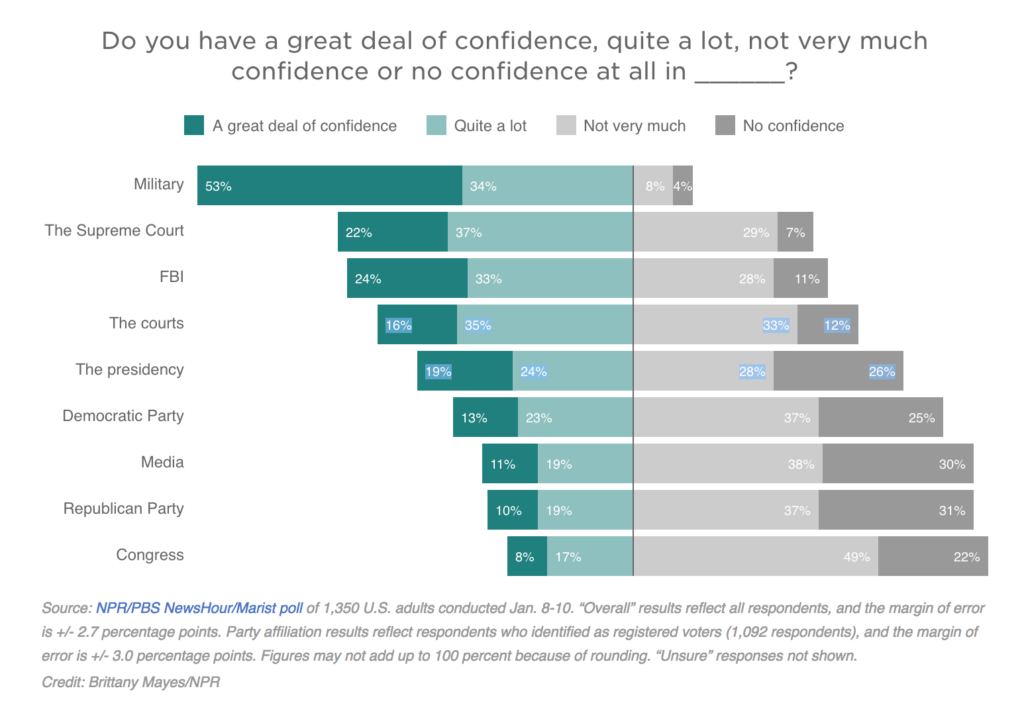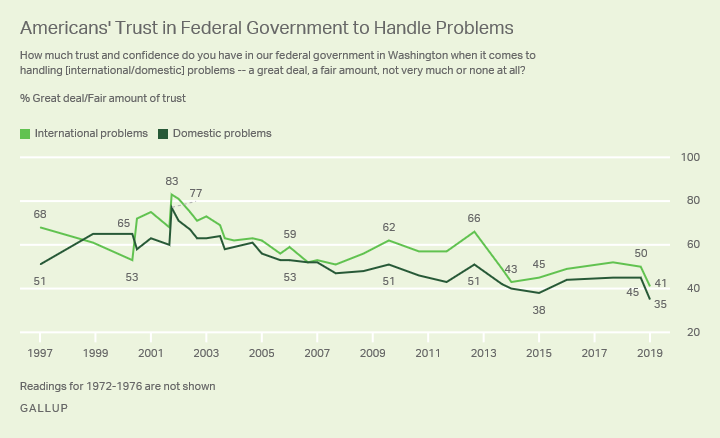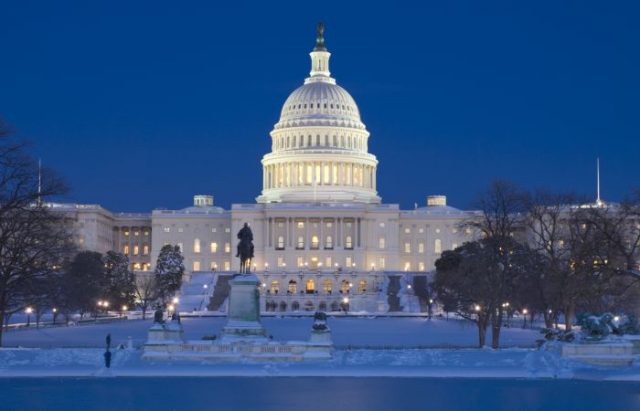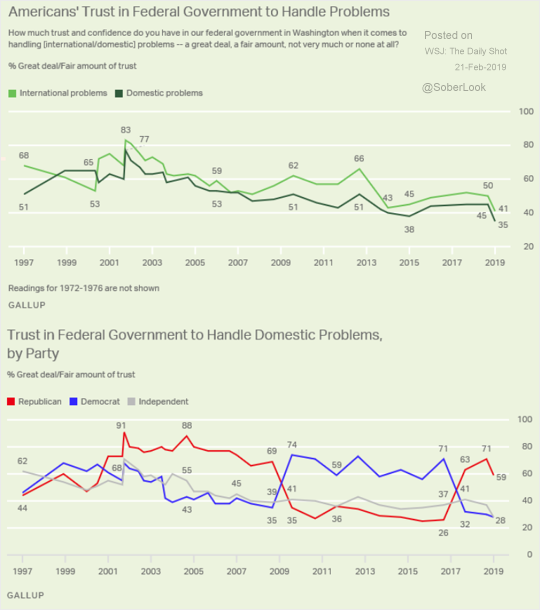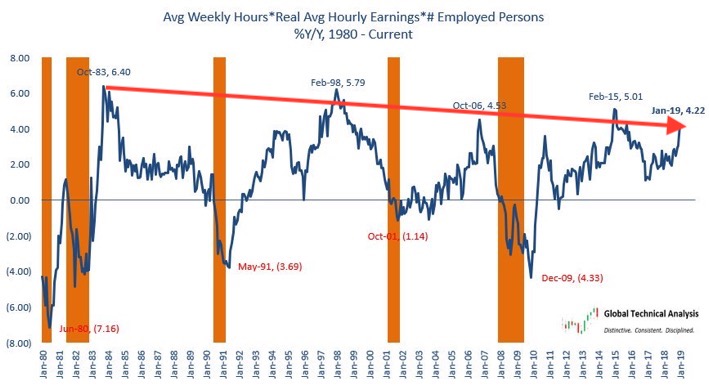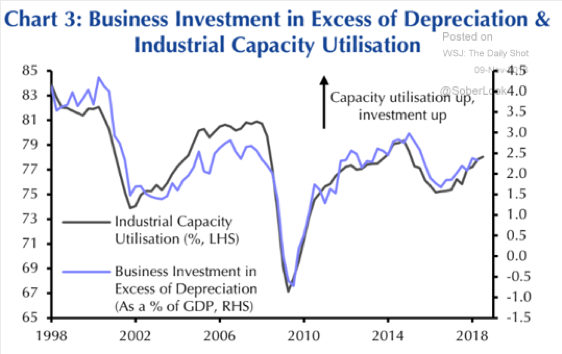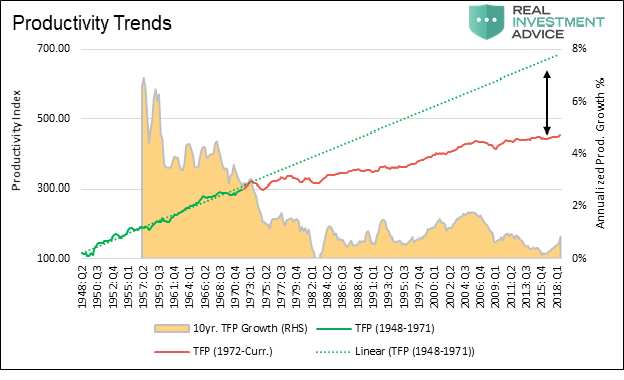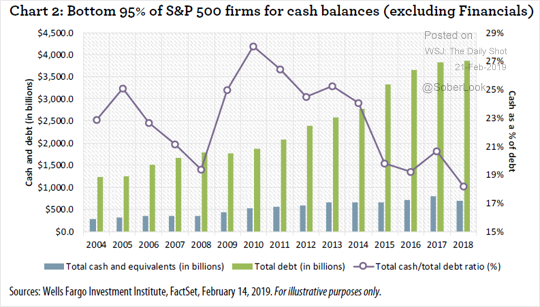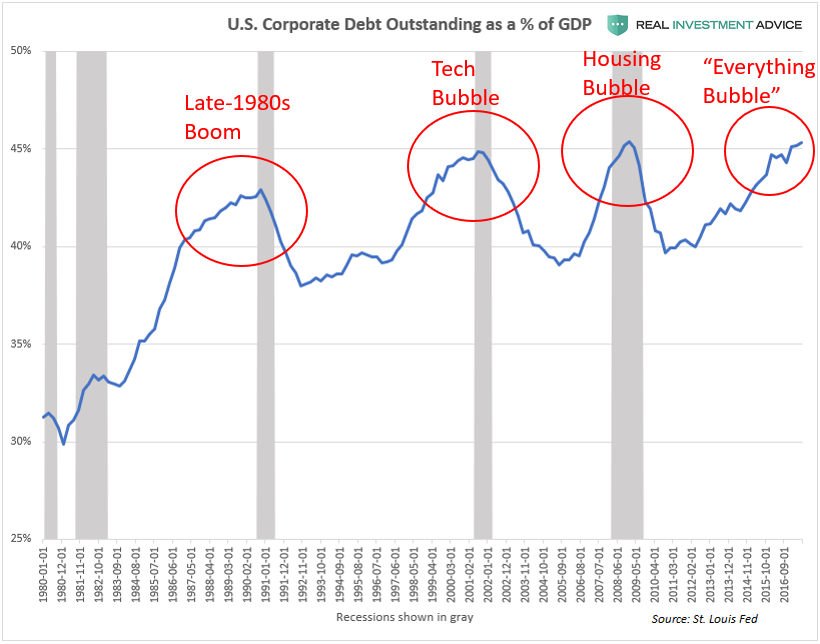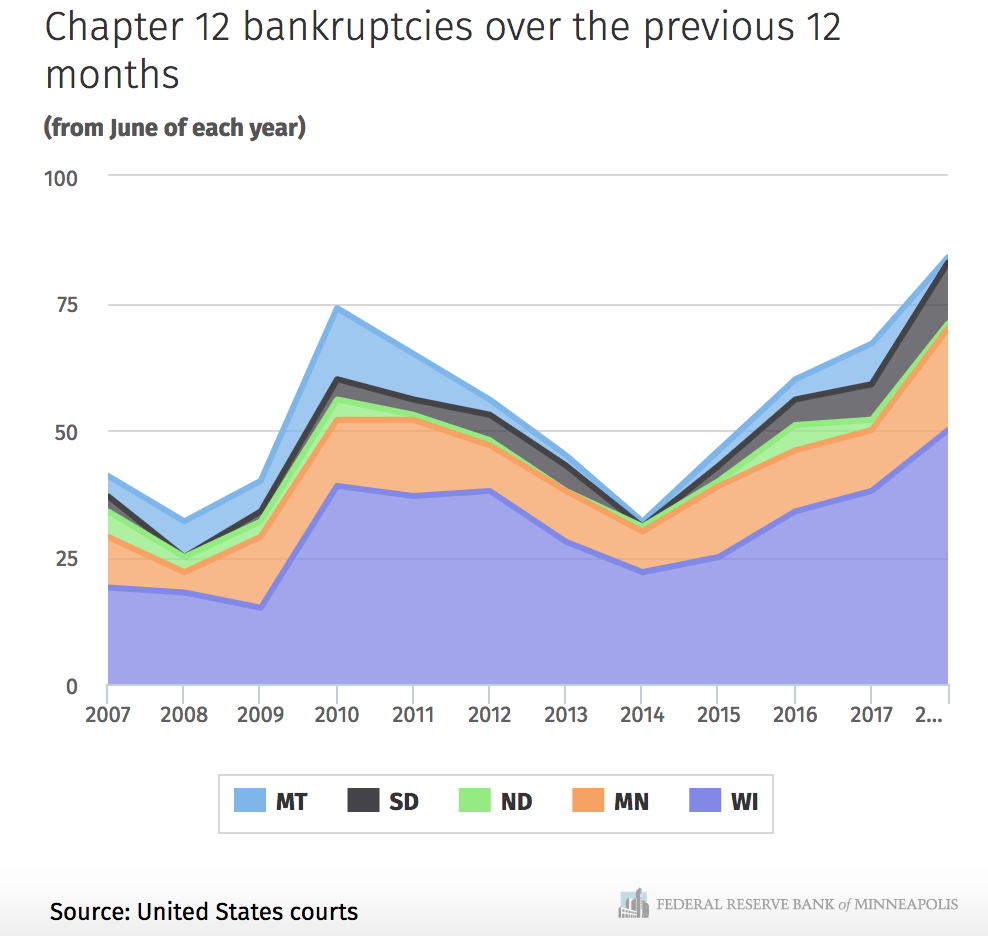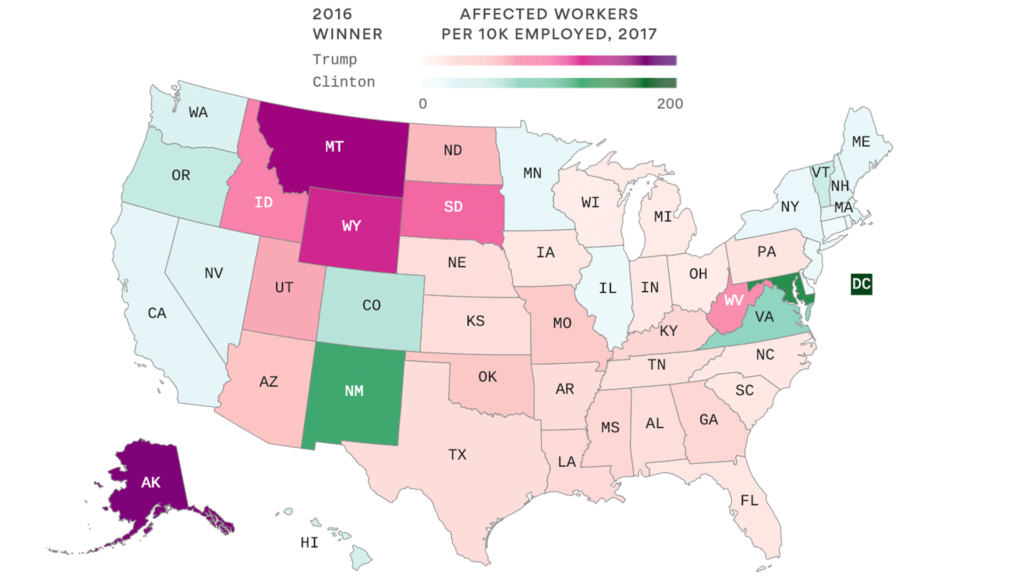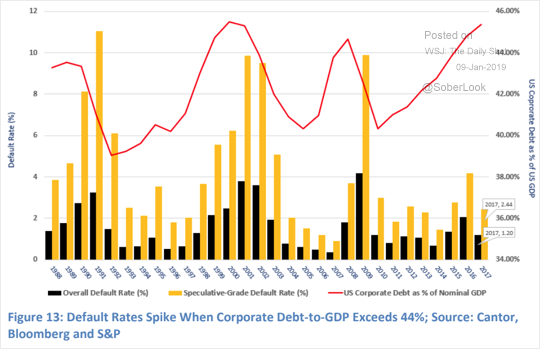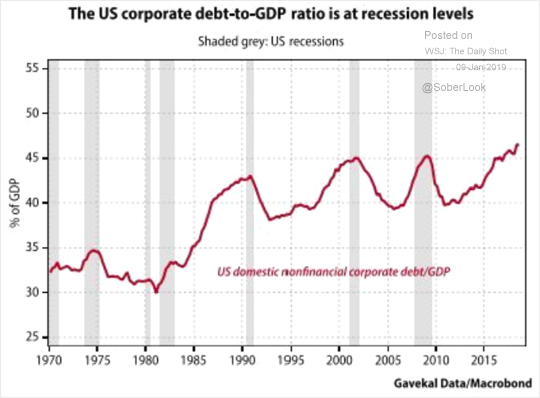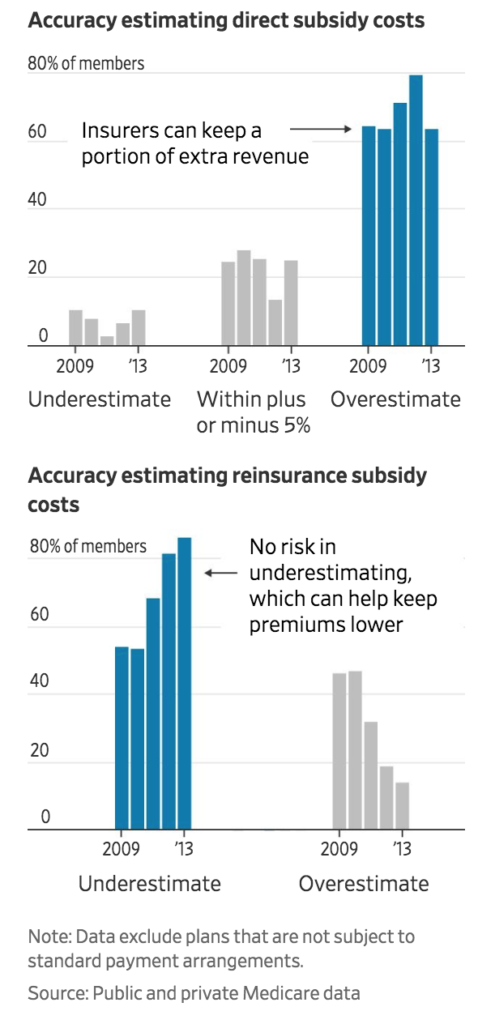(Editor Note: This is the second post in a series on renewing the institutions of our federal government and democracy to ensure that it will endure. Looking at trends today with data, analysis of the present situation and recommendations for changes. Todays post focuses voting rights being made universal for all states without state manipulation of the voting process or access for all eligible voters.)

Over the past ten years 23 states have passed laws to restrict voter rights. Some states of have instituted cumbersome identification procedures, cut down pre-election day times to vote, added restrictions on mail in ballots, taken voters off the rolls for political reasons, and made voter registration more difficult.
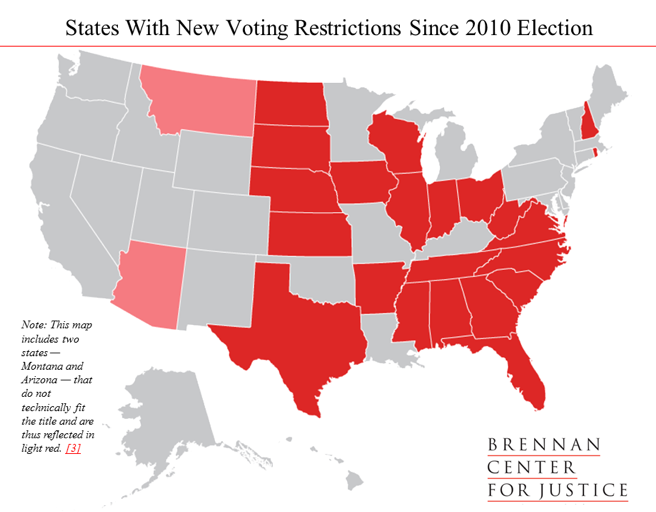
Automatic Voter Registration (AVR) is a concept gaining momentum in many states, the Brennan Justice Center for Justice outlines their proposal in this way:
“First, AVR makes voter registration “opt-out” instead of “opt-in”— eligible citizens who interact with government agencies are registered to vote or have their existing registration information updated, unless they affirmatively decline. Again, the voter can opt-out; it is not compulsory registration. Second, those agencies transfer voter registration information electronically to election officials instead of using paper registration forms. These common-sense reforms increase registration rates, clean up the voter rolls, and save states money.”
The plan would automatically use registration information at a state agency for eligible voters to be registered to vote: for example, when 18 year old goes to the DMV for a driver’s license their registration information would electronically be sent to the Secretary of State and their name added onto the voting rolls where they live. Citizen interactions with other state agencies where registration is required would follow a similar procedure.
The House of Representatives has just passed HR 1, a comprehensive voting rights act making voting registration, rights, procedures, identification, pre-election day voting, public funding of candidates, tax returns by candidates for President and Vice – President, election day a federal holiday and other innovations to bring our voting process into the modern age, here is a summary of the bill from the House website:
“This bill addresses voter access, election integrity, election security, political spending, and ethics for the three branches of government.
Specifically, the bill expands voter registration and voting access, makes Election Day a federal holiday, and limits removing voters from voter rolls (and automatic voter registration).
“The bill provides for states to establish independent, nonpartisan redistricting commissions.
The bill also sets forth provisions related to election security, including sharing intelligence information with state election officials, protecting the security of the voter rolls, supporting states in securing their election systems, developing a national strategy to protect the security and integrity of U.S. democratic institutions, establishing in the legislative branch the National Commission to Protect United States Democratic Institutions, and other provisions to improve the cybersecurity of election systems.
This bill addresses campaign spending, including by expanding the ban on foreign nationals contributing to or spending on elections; expanding disclosure rules pertaining to organizations spending money during elections, campaign advertisements, and online platforms; and revising disclaimer requirements for political advertising.
This bill establishes an alternative campaign funding system for certain federal offices. The system involves federal matching of small contributions for qualified candidates.
This bill sets forth provisions related to ethics in all three branches of government. Specifically, the bill requires a code of ethics for federal judges and justices, prohibits Members of the House from serving on the board of a for-profit entity, expands enforcement of regulations governing foreign agents, and establishes additional conflict-of-interest and ethics provisions for federal employees and the White House.
The bill also requires candidates for President and Vice President to submit 10 years of tax returns.”
Senate Majority Leader McConnell, denounced HR1 as a ‘power grab’, which seems dismissive of a way to effectively bring our voting processes into the modern age and make voting more democratic rather than manipulated by a controlling party in the state to enhance the turnout of their voters over others in elections.
It is about time we had universal voting rights, processes and programs across all our states to ensure that voting is accessible by all citizens regardless of ethnicity, race, religion, or wealth.
Our next post: will focus on congressional districting, crucial to fair elections.
(In a series: on key topics for renewal of our democracy; voting rights, corporate power and reform, Electoral College reform, congressional district reform, Congressional reform (not three presidents) (campaign finance reform), using the Internet and high tech (AI is a common good) to strengthen democracy, innovative government program implementation using Silicon Valley model, support of the Press (our Fourth Estate), educational reform, ethical government service, finance and stock market reform, land and home ownership, environmental stewardship, citizenship and service, civil discourse (choose our words), using evidence to pass laws and create policy, and our global leadership role.)


